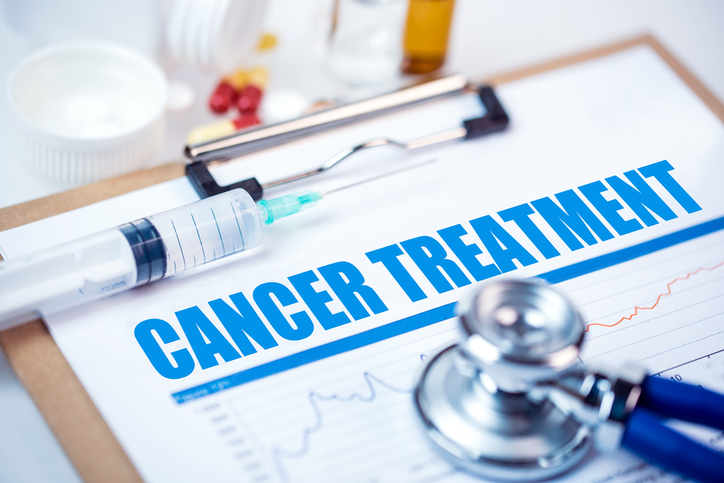Cancer patients and their loved ones are waging a multi-dimensional battle against a gigantic opponent. It is difficult to understand the overwhelming problems that accompany a cancer diagnosis. The key to cancer success is getting as much information as possible from as many sources as possible.
Conventional cancer treatments
Every person diagnosed with cancer deserves to have all possible treatments at their disposal, both conventional and complementary. The most successful approach to cancer control is cancer prevention. You can also get conventional cancer treatment through https://www.icrmc.org/.

Image source:-Google
It is becoming more common for cancer patients to receive targeted drugs with their chemotherapy regimen. Unlike older chemotherapy drugs, the actions of targeted drugs focus on specific structures or activities that are more prominent in cancer cells. The goal of targeted drugs is to promote tumor cell death with fewer effects on healthy cells.
There are five main classes of chemotherapy drugs:
• Alkylating agents. They bind to DNA in cancer cells, preventing DNA from dividing.
• Antimetabolites. They replace the nutrients necessary for DNA synthesis with inactive substances, thus preventing cell division.
• Antitumor antibiotics. They generate activated oxygen free radicals, which prevent DNA from unwinding and can cause DNA breaks and eventual cell death.
• Hormonal drugs. It blocks hormonal activity within cells to stop cancer growth signaling pathways.
• Vegetable alkaloids. It interferes with the architecture within the cell, thus preventing the cell from dividing.
Chemotherapy drugs are so toxic that other drugs are used to counteract their side effects. Keep in mind that chemotherapy agents do their job on both cancer cells and healthy cells. Chemotherapy drugs can be combined with one or more drugs for a synergistic effect or to create a different side effect profile.

